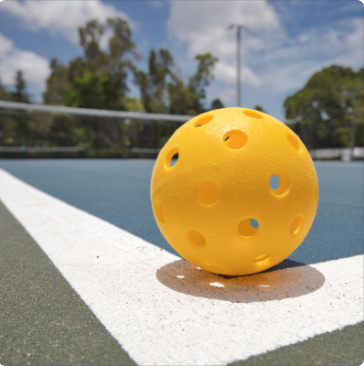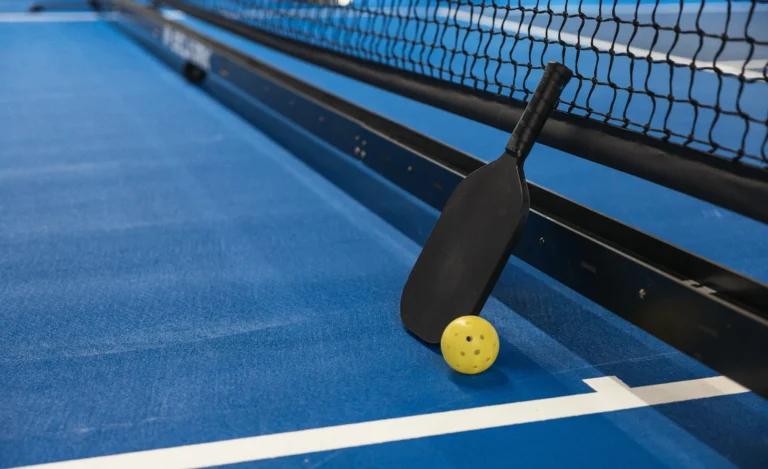The Art of Scoring: A Simple Breakdown of Pickleball Scoring Rules
A Simple Breakdown of Pickleball Scoring Rules. Learn key rules for singles & doubles, serving strategies, and game variations for better gameplay.”
At first glance, pickleball scoring might seem complicated, but it’s relatively straightforward once you understand the basics. In pickleball, only the serving team can score points. The score announcement includes three numbers: the serving team’s score, the opposing team’s score, and the server number, applicable in both singles and doubles play with minor variations
Doubles Scoring System
In doubles, the first server begins on the court’s right side. Each player gets a chance to serve at least once. If the serving team scores, they continue serving; if not, the serve switches to the partner
Singles Scoring System
Singles scoring in pickleball is slightly different, using only two numbers: each player’s score. Points are scored by the server when the receiver either loses the rally or commits a fault. The server’s position alternates based on the opponent’s score: serving from the right side for even scores and the left for odd scores
Serving Rules
- One foot behind the baseline during a serve, without touching the baseline or court until the ball is hit.
- The serve is made diagonally across the court, landing within the opposite service court.
- Only one serve attempt is allowed
First Serve Exception Rule
A unique rule in pickleball is the “first serve exception” applied at the game’s start, where the starting score is 0-0-2, meaning the server begins from the right-hand court with only one serve allowed for the first turn
Scoring on Serve
Points are scored only while serving, and awarded when the opponent commits a fault or loses the rally
Player Positioning and Strategies
Understanding player positioning and scoring strategies is crucial. In doubles, the “doubles stacking strategy” maximizes partners’ strengths. In singles, players serve cross-court diagonally, with serving positions based on the opponent’s score parity

Score Calling and Communication
Effective score calling and communication are essential, with scores announced aloud before each serve to avoid confusion and maintain a fair playing environment
Advanced Scoring Techniques
Players benefit from understanding advanced techniques and the concept of rally scoring, where either team can score points regardless of who serves, based on opponents’ mistakes or faults
Game Variations
Pickleball offers different game variations and scoring systems. Standard games are played to 11 points, while extended games can go up to 15 or 21 points. In competitive play, matches often involve the best two out of three games, each scoring up to 11 points
FAQs
Q: How many points are needed to win a standard pickleball game? A: In a standard game, players compete to reach 11 points first, with a minimum two-point lead required for victory.
Q: What is the difference between standard and extended games in pickleball? A: Standard games go up to 11 points, while extended games can be up to 15 or 21 points, offering longer and more challenging matches.
Q: How does scoring work in doubles pickleball? A: In doubles, three numbers represent the serving team’s score, the opposing team’s score, and the server number. Each player serves at least once, with serving positions and scoring strategies playing a crucial role.
Conclusion
Understanding pickleball’s scoring system is key to enjoying and excelling in the game. Whether you’re playing singles or doubles, mastering these rules will enhance your strategic approach, helping you gain a competitive edge. With its unique combination of elements from various racket sports, pickleball scoring is not only a fundamental aspect of the game but also an art that, once mastered, can significantly improve your performance on the court.







